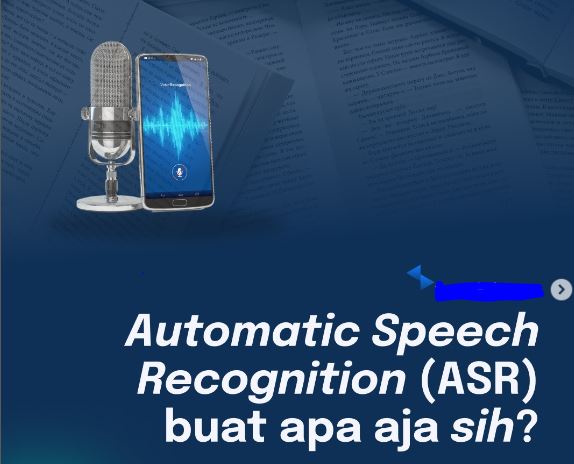Technology Desk, Delhi Magazine: Speech recognition and speech generation are two essential components of natural language processing (NLP) that involve understanding and producing spoken language.
Speech Recognition:
- Purpose:
- Speech recognition, also known as automatic speech recognition (ASR), is the technology that allows a computer to convert spoken language into written text. It enables machines to understand and interpret spoken words.
- Techniques:
- ASR systems use various techniques like Hidden Markov Models (HMMs), Deep Learning models (including Convolutional Neural Networks and Recurrent Neural Networks), and more recently, Transformer-based models for improved accuracy.
- Applications:
- Speech recognition is used in a wide range of applications including:
- Voice assistants (like Siri, Google Assistant, Alexa).
- Transcription services for converting audio recordings into text.
- Interactive voice response systems (IVR) for customer service.
- Accessibility tools for individuals with disabilities.
- Voice command systems in smart devices.
- Medical transcription and dictation.
- Speech recognition is used in a wide range of applications including:
- Challenges:
- Accents, background noise, and variations in speech patterns pose challenges for accurate speech recognition. Advanced models and robust training data are crucial for addressing these issues.
Speech Generation:
- Purpose:
- Speech generation, also known as text-to-speech (TTS), is the technology that converts written text into spoken language. It enables computers to “speak” to humans.
- Techniques:
- TTS systems utilize techniques like concatenative synthesis (combining short audio clips) and parametric synthesis (generating speech from mathematical models) as well as more advanced deep learning models like WaveNet and Tacotron.
- Applications:
- TTS is used in various applications such as:
- Voice assistants providing verbal responses.
- Audiobooks and podcasts.
- Accessibility tools for visually impaired individuals.
- Navigation systems in cars.
- Language learning applications.
- Voiceovers in videos and animations.
- TTS is used in various applications such as:
- Challenges:
- Achieving natural-sounding intonation, prosody, and clarity in generated speech is a significant challenge. High-quality TTS models require extensive training on large datasets.
Both speech recognition and generation play crucial roles in enabling natural and interactive interactions between humans and machines, and they are foundational to technologies like voice assistants, automated customer service, and more.

